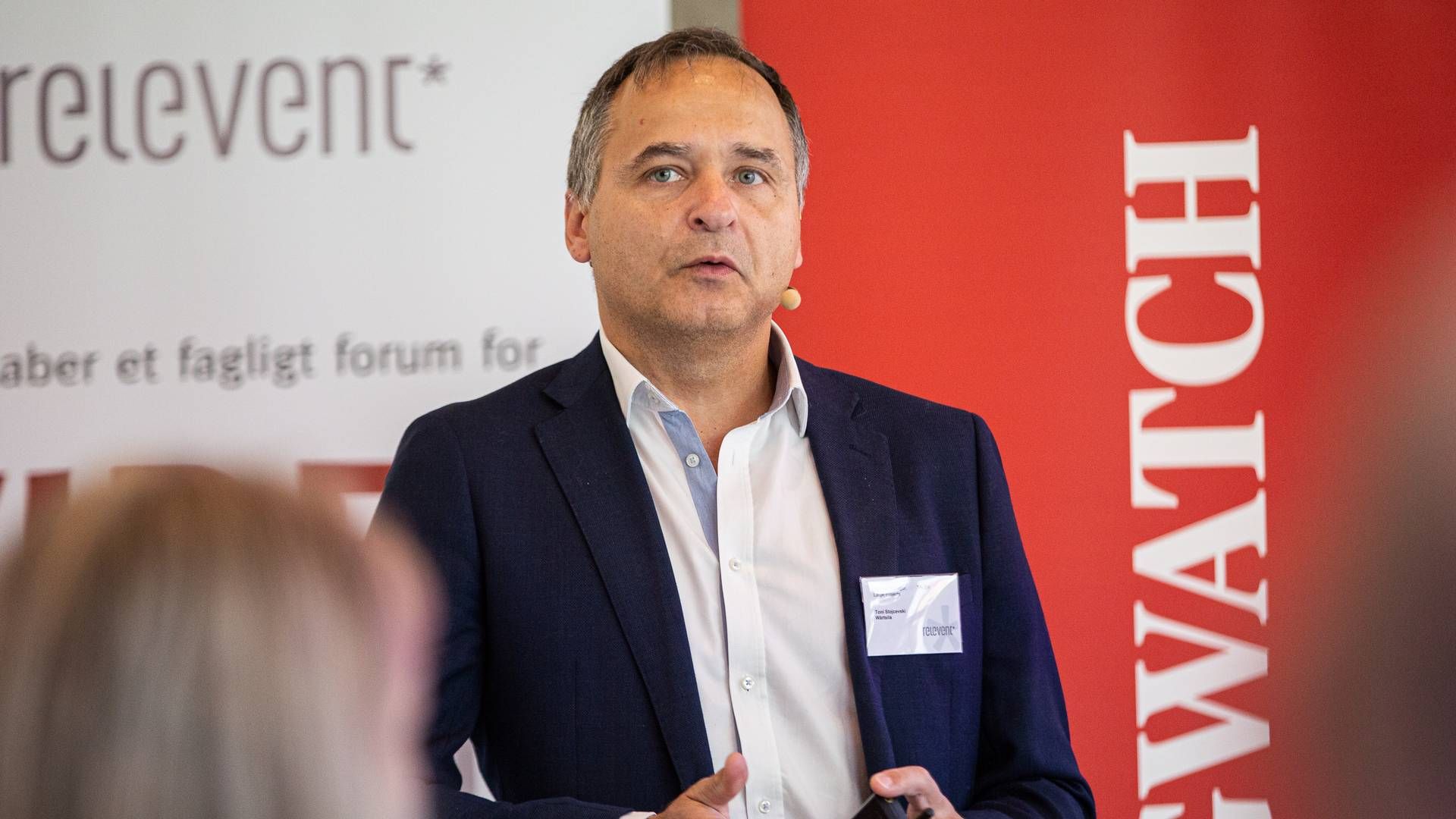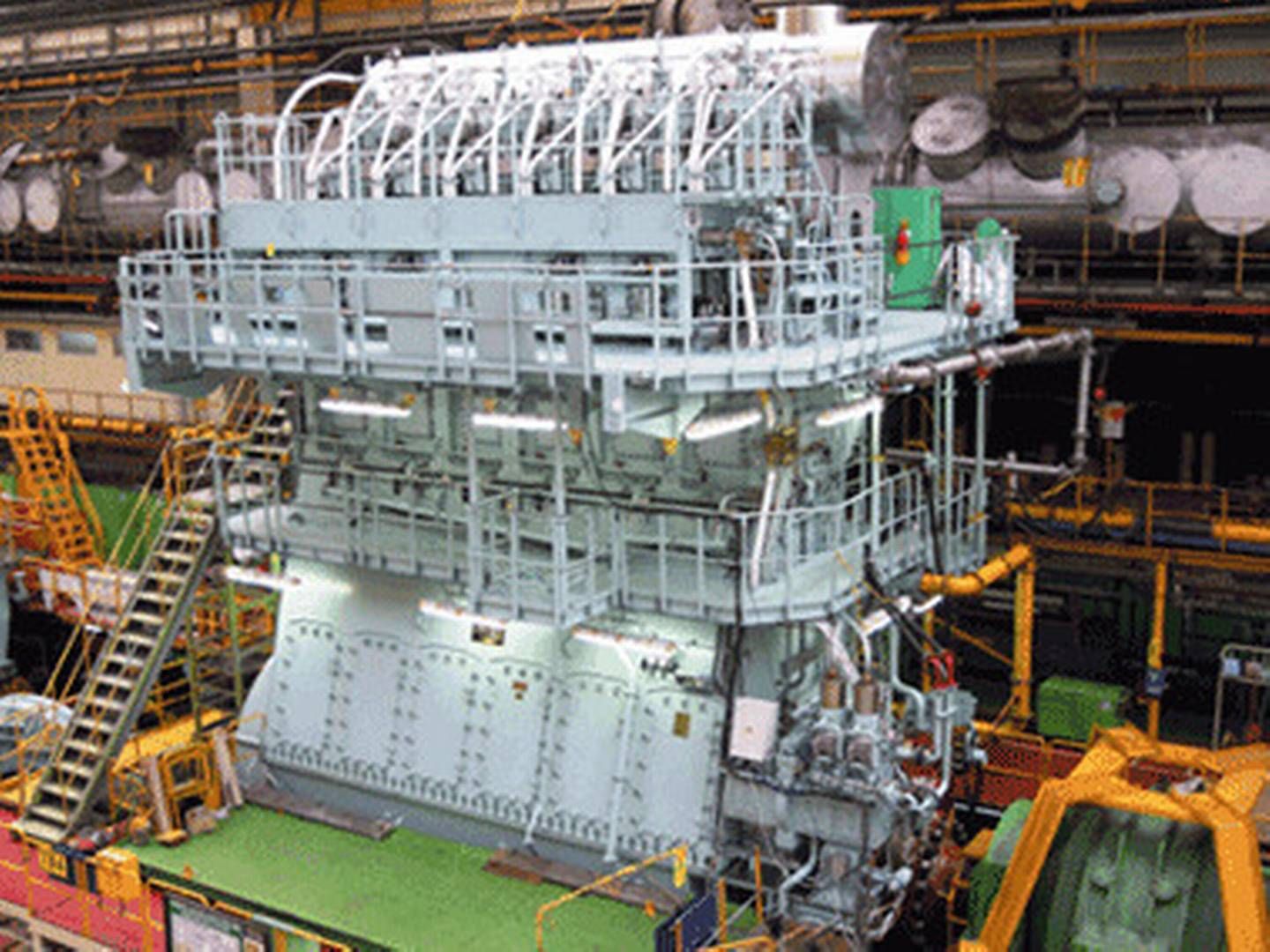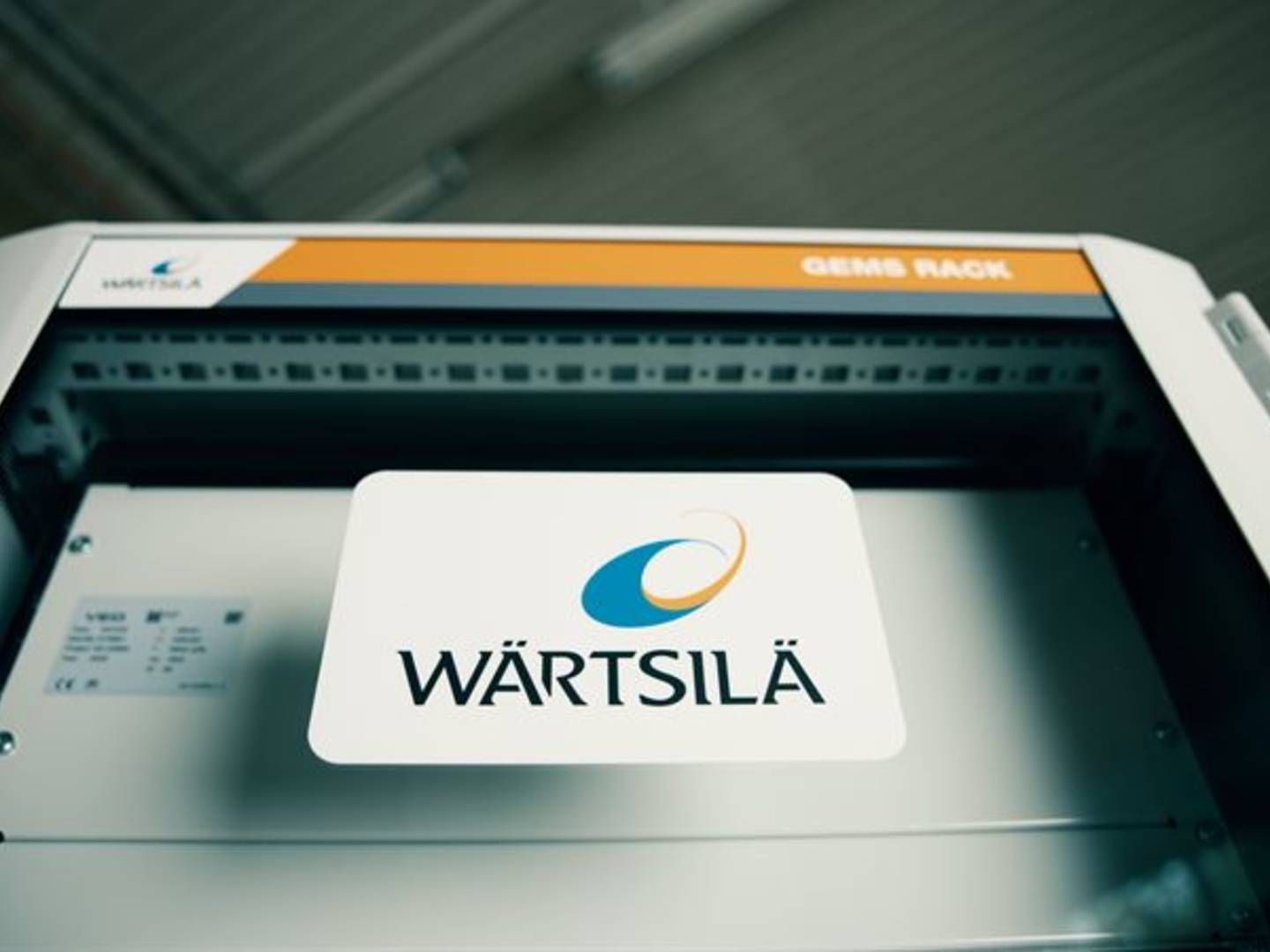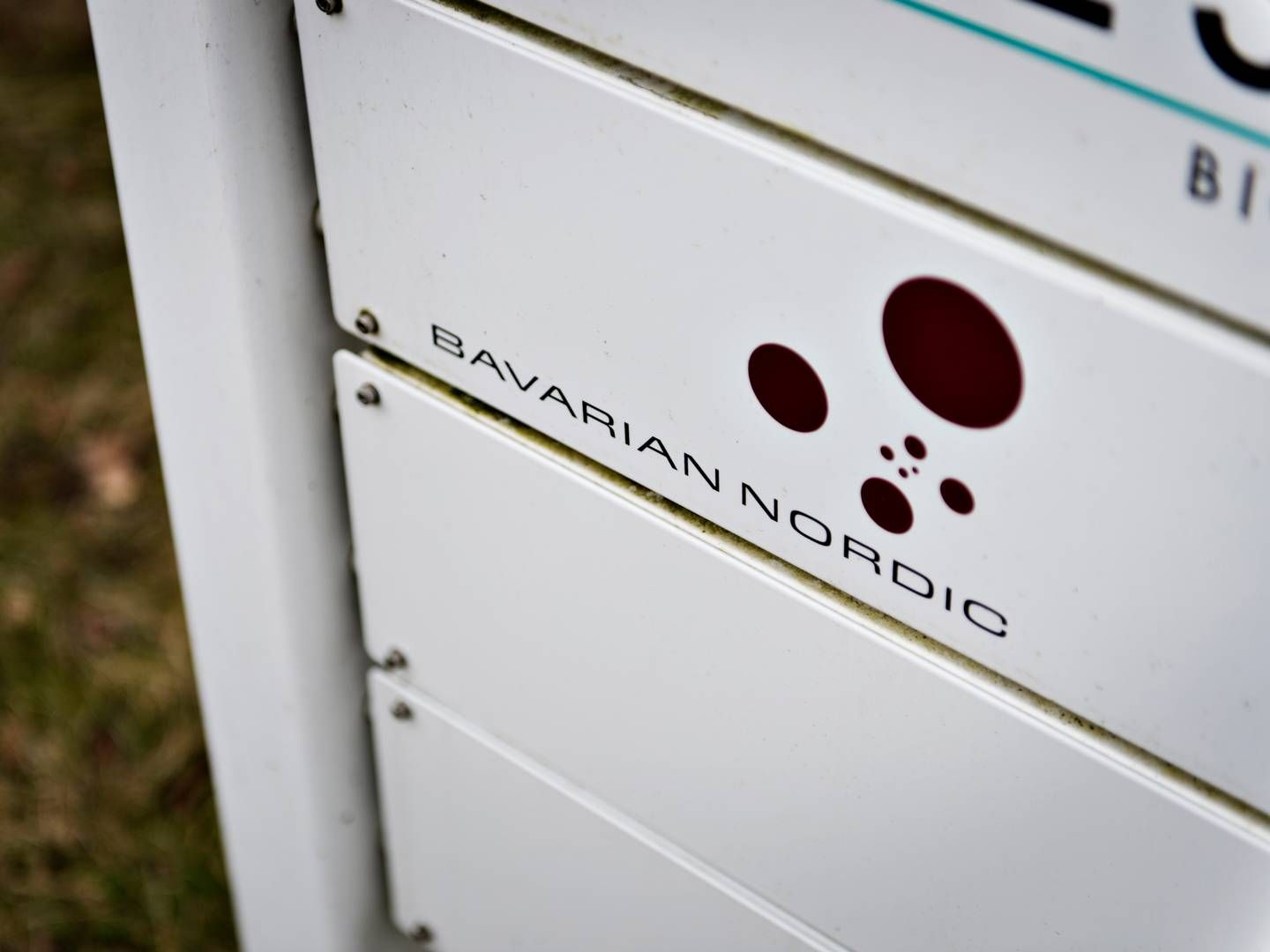Wärtsilä test-runs 90 percent ammonia-fueled engine

Carriers wanting to sail on clean ammonia are likely to obtain a suitable engine for the purpose from Finnish Wärtsilä within the next few years.
The engine manufacturer is currently testing and optimizing its take on an ammonia-fueled engine and expects to have a fully operational solution ready within the year. The engine could then be delivered from 2025.
”We will very soon have serviceable solutions ready for the market,” said Toni Stojcevski, General Manager, Project Sales & Development, at the ShippingWatch conference ”Decarbonizing Shipping” in Copenhagen on Tuesday.
”We have completed promising tests of the engine in Finland where we ran it on a 70-90% ammonia share which gives a 70-89% reduction in greenhouse gas emissions,” said Stojcevski, deeming it a ”tremendous achievement”.
In about ten years’ time, Stojcevski believes it will be possible to sail on 100% ammonia if customers want to. His general impression, however, is that most carriers will opt to sail on mixed fuels.
”We see that the industry calls for flexibility. But if the market demands 100% ammonia, we have the technology to meet that demand,” he said.
Toxic and corrosive
The main challenge with ammonia is that it is a highly potent, corrosive, and toxic fuel, able to emit the greenhouse gas nitrous oxide. As such, it could be a health hazard to ships’ crewmembers.
The Wärtsilä announcement follows shortly after rival MAN Energy Solutions earlier in the spring informed that the company was close to completing its own ammonia engine.
But due to the toxic nature of the fuel, Danish-German MAN opts for due diligence instead of distributing the engines prematurely.
”We must make sure that we have a product that meets customers’ expectations. Therefore, we believe that it will take at least until late 2025 or early 2026 before we have a viable ammonia engine for commercial use,” said Thomas Storgaard Hansen, head of two-stroke promotion & customer support at MAN, in mid April.
Vast potential
Tuesday at the conference, ammonia was highlighted as a fuel that holds a big potential for shipping. However, the scarce availability of ammonia is currently another major challenge.
Danish carrier Maersk has chosen to bank on green methanol for its upcoming container ships, while ammonia usage is further out on the horizon.
”We definitely see green ammonia as an option, and we do have some conversations with product developers. But we don’t know when are we going to have the first vessel, so therefore we don’t know when we will have demand for ammonia. We think it will be towards the end of this decade. But it’s difficult to say,” said Emma Mazhari, head of Green Sourcing & Portfolio Management at Maersk, on Tuesday.
(This article was provided by our sister media, ShippingWatch)
Related articles
Wärtsilä turns profit despite low demand for new ships
For subscribers
Market for ammonia engines will not mature until toward 2030
For subscribers
Wärtsilä wins yet UK battery order
For subscribers






















.jpg&w=384&q=75)


